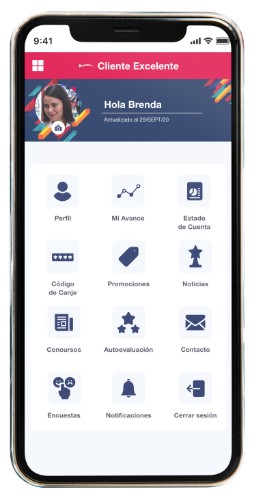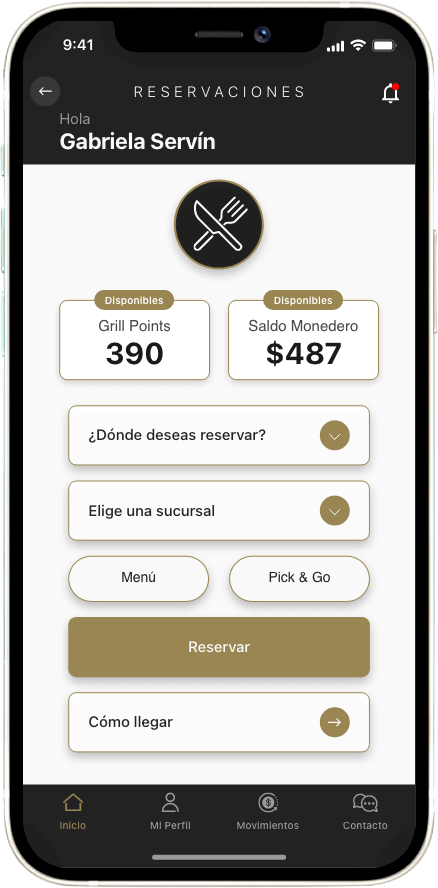In today’s data-driven world, understanding your customers is no longer a luxury — it’s a competitive advantage.
Brands that can anticipate customer needs before they’re expressed are the ones leading their industries.
But how do they do it? The answer lies in Artificial Intelligence (AI) and its ability to segment customers with surgical precision.
From Traditional Segmentation to Intelligent Segmentation
For years, businesses grouped customers by basic variables like age, gender, or location.
But today’s consumers move fast, switch channels constantly, and expect real-time personalized experiences.
That’s where AI comes in.
Through Machine Learning, algorithms analyze thousands of data points — from social media interactions to purchase frequency and campaign responses — to identify micro-segments and create dynamic profiles that evolve as customer behavior changes.
How AI Is Redefining Customer Segmentation
-
Automatic Pattern Detection
AI models identify hidden patterns across massive datasets. For instance, they can find out that a group of users tends to buy on Tuesday nights or reacts better to visual promotions than to text-based offers.
-
Behavior Prediction
Machine Learning allows brands to anticipate what products a customer will buy next, when they’re likely to do it, and which channel they prefer. This leads to smarter campaigns and more efficient marketing spend.
-
Integration with CRM and OCR Systems
Combining AI with CRM and Optical Character Recognition (OCR) tools helps consolidate customer data from physical forms, digital touchpoints, and service interactions. The result: clean, unified, and actionable databases.
-
Emotional and Contextual Segmentation
Beyond hard data, AI can analyze tone of voice or sentiment from chats and Call Center interactions. This allows brands to adapt their communication with empathy, strengthening customer relationships.
Benefits of AI-Based Segmentation
| Benefit | Impact on the Company |
|---|---|
| Higher Precision | Segmentation based on real behavior, not assumptions. |
| Operational Efficiency | Less time analyzing, more time executing. |
| Personalized Campaigns | Tailored messages that truly connect. |
| Higher Conversions | Smarter recommendations drive purchases. |
| Customer Retention | Stronger relationships built on relevance. |
Real-World Applications
- Retail: personalized offers based on shopping habits.
- Finance: early detection of customer churn.
- Loyalty Programs: dynamic rewards based on engagement.
- E-commerce: predictive product recommendations that boost average order value.
FAQs
What’s the difference between a traditional CRM and an AI-powered one?
A traditional CRM stores data; an AI-powered CRM interprets it, predicts behavior, and takes action automatically.
Is it expensive to adopt AI for segmentation?
Not necessarily. Scalable solutions can be implemented step by step, depending on each company’s size and digital maturity.
How does AI improve loyalty programs?
By tailoring rewards and communications to each customer’s unique profile, driving satisfaction and loyalty.
Conclusion
Artificial Intelligence doesn’t just segment — it redefines how brands understand their audiences.
Companies that adopt it will not only sell more but will build stronger, more human relationships with their customers.
Book a meeting with our strategy team here:











